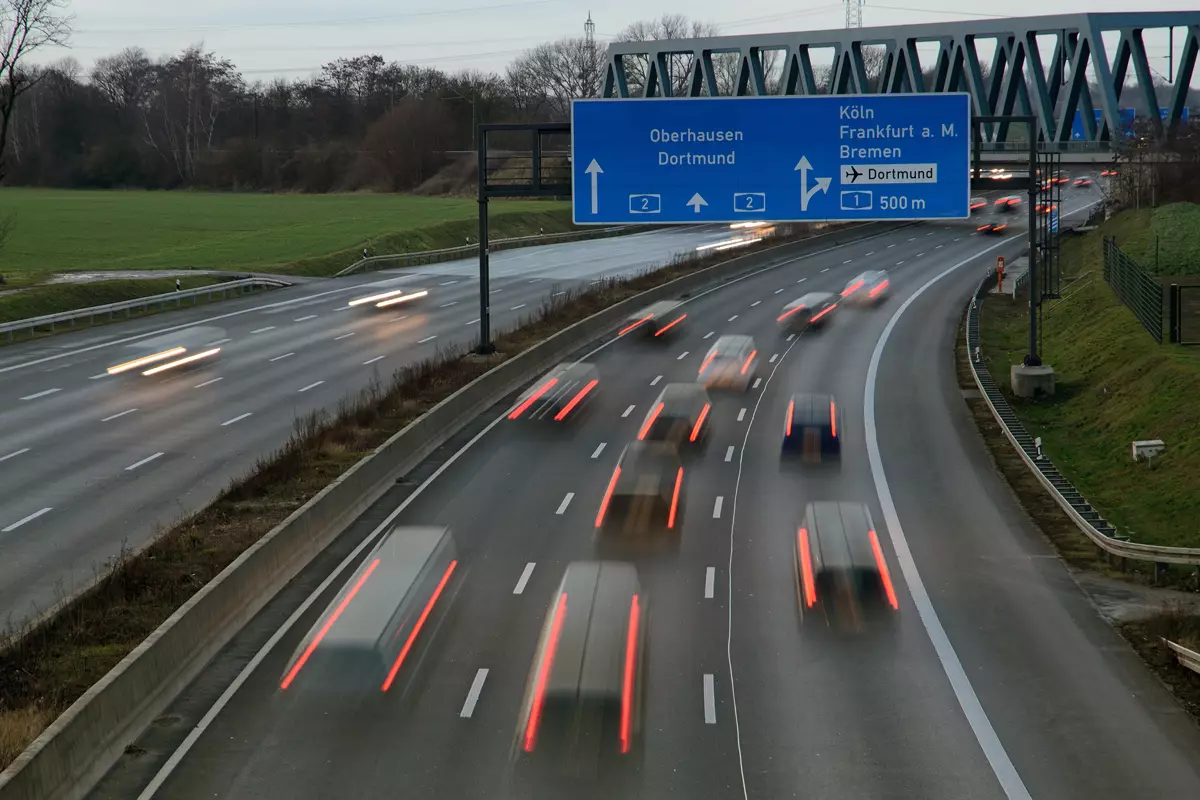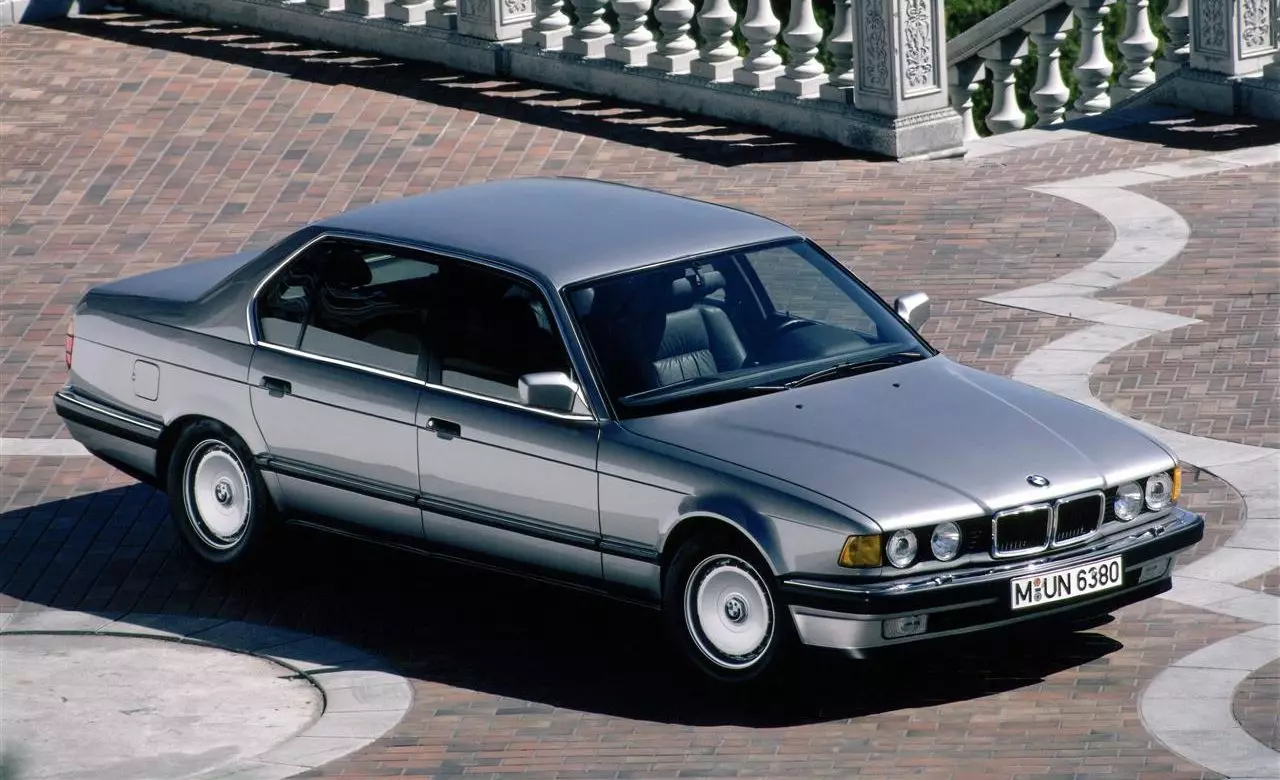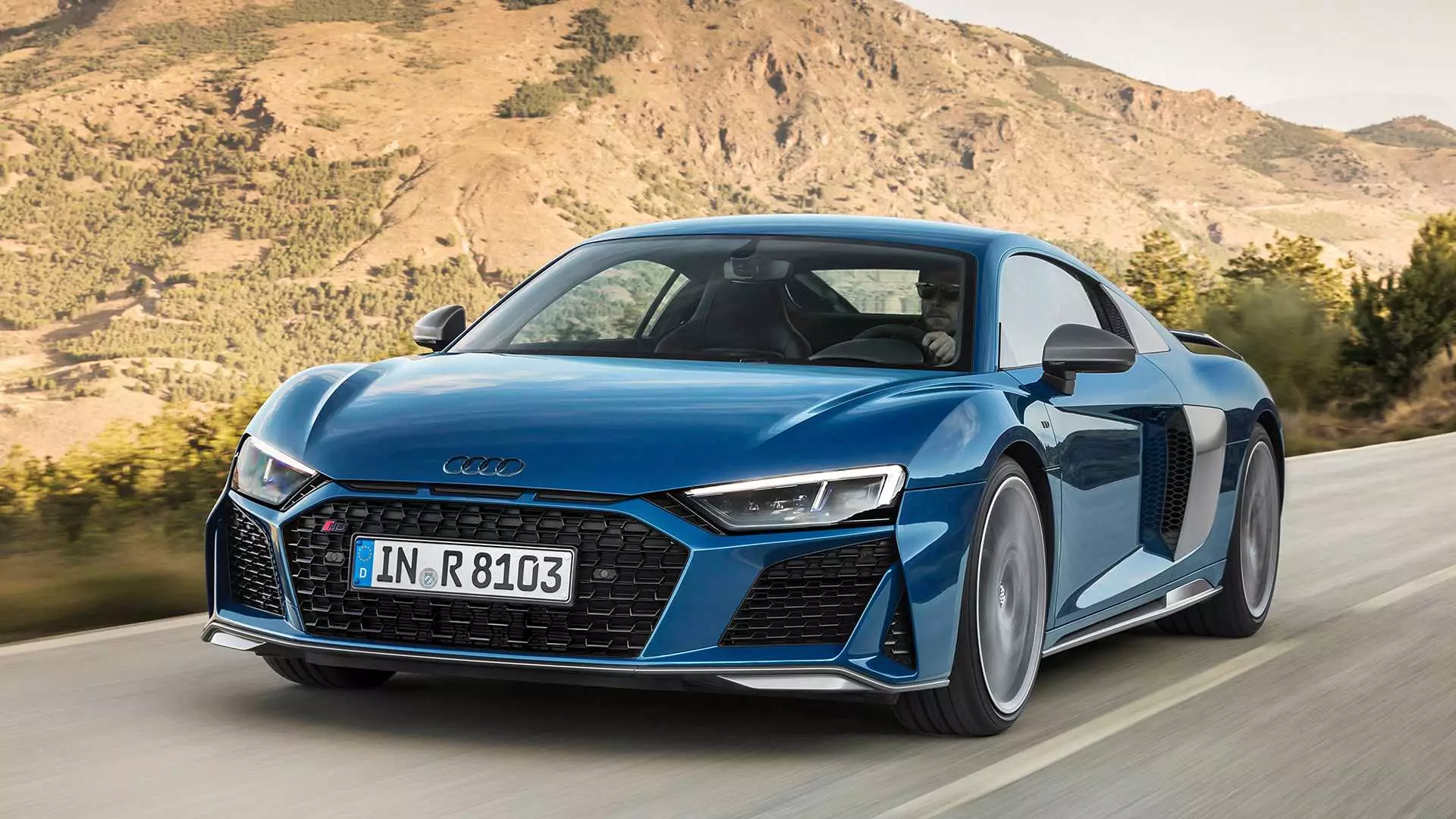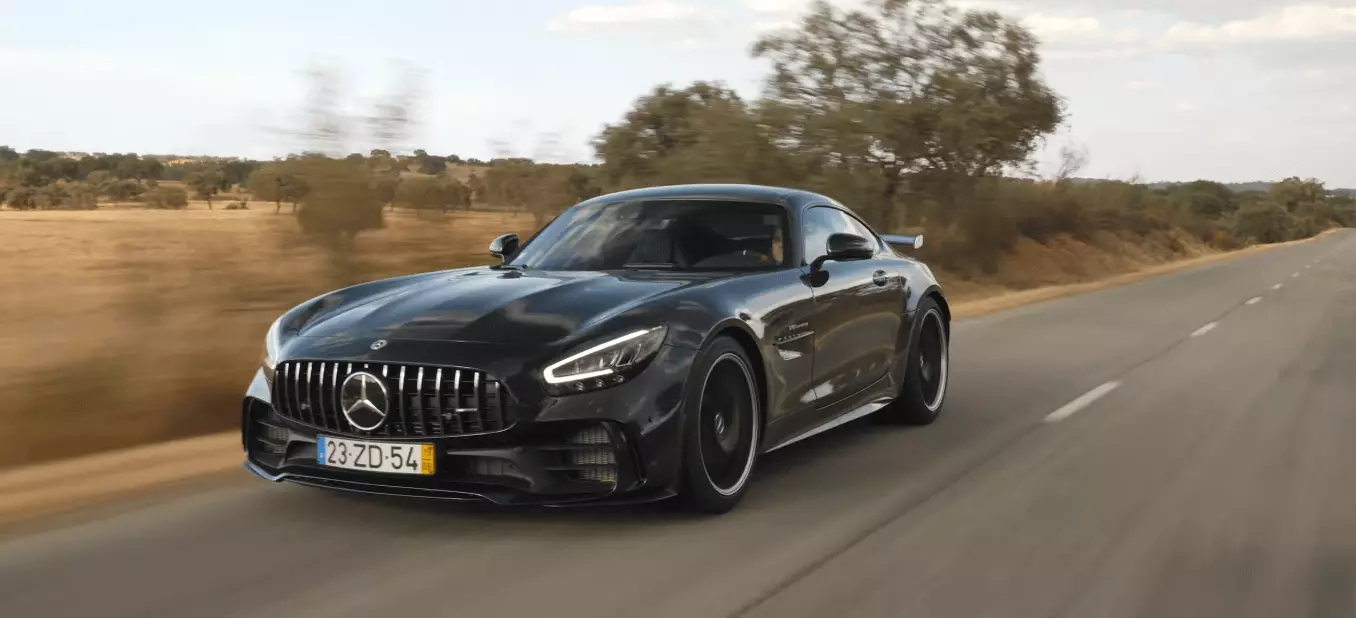From a very young age, I started to notice that many of the German models, despite being quite powerful, «only» reached the maximum speed of 250 km/h, while Italian or North American models managed to go beyond that limit.
Admittedly, at that early age, the only measure I used to assess (or at least try to…) the various cars I saw was maximum speed. And the rule was: those who walked the most were always the best.
At first I thought it could be related to some limit on German roads, until I learned later that several of the famous autobahns didn't even have speed restrictions. It wasn't until I reached adulthood that I finally found an explanation for the reason behind this 250 km/h limit.

It all started in the 70s of the last century, when a strong political movement in favor of ecology and the environment began in Germany.
The German Green Party then claimed that one of the ways to prevent further pollution would be to introduce speed limits on the autobahn, a measure that still never got the "green light" — a topic as current then as it is today, despite today, virtually all autobahns are limited to 130 km/h.
However, and realizing the political importance that the subject was beginning to gain at the time, the main German car manufacturers also began to reflect on the subject.
a gentlemen's agreement
However, the situation only got "worsening", as car speeds continued to rise in the following years: in the 1980s, there were already many cars that could reach 150 km/h with some ease and models such as the executive/family BMW M5 E28 that reached 245 km/h, a value comparable to real sports cars.
Also, the number of cars on the road was increasing, the maximum speed of the models kept rising and both manufacturers and the government feared, more than the increase in pollution, a significant increase in road accidents.
And it was as a result of this that in 1987, Mercedes-Benz, BMW and the Volkswagen Group signed a kind of gentleman's agreement in which they undertook to limit the maximum speed of their cars to 250 km/h. As might be expected, this agreement was very well received by the German government, which promptly approved it.

The first vehicle to have its speed limited to 250 km/h was the BMW 750iL (pictured above), launched in 1988 and equipped with an imposing V12 engine with a capacity of 5.4 l and 326 hp of power. As is still the case with so many BMWs today, top speed was electronically limited.
But there are exceptions…
Porsche never entered into this gentleman's pact (it couldn't stay behind Italian or British rivals), but as time went by and with the performance of cars continually growing, several models from Audi, Mercedes-Benz and BMW also “forgot- if' the limit of 250 km/h or found ways to get around it.

Models like the Audi R8, for example, were never limited to 250 km/h — their top speed, since the first generation, has never been less than 300 km/h. The same happens with the Mercedes-AMG GT, or even with the BMW M5 CS, the ultimate M5, with 625 hp, which reaches 305 km/h as standard.
And here, the explanation is very simple and is related to the brand image and rivals of some of these models, since it would not be interesting from a commercial point of view to have a model with a top speed of 70 km/h or 80 km /h lower than a direct Italian or British competitor.

a matter of money
For some years now, both Audi, Mercedes-Benz and BMW, despite continuing to limit the maximum speed to 250 km/h in several of their models, have offered an optional pack that allows you to "raise" the electronic limit and exceed 250 km/h.
A way around the gentlemen's agreement and even profiting from it.
